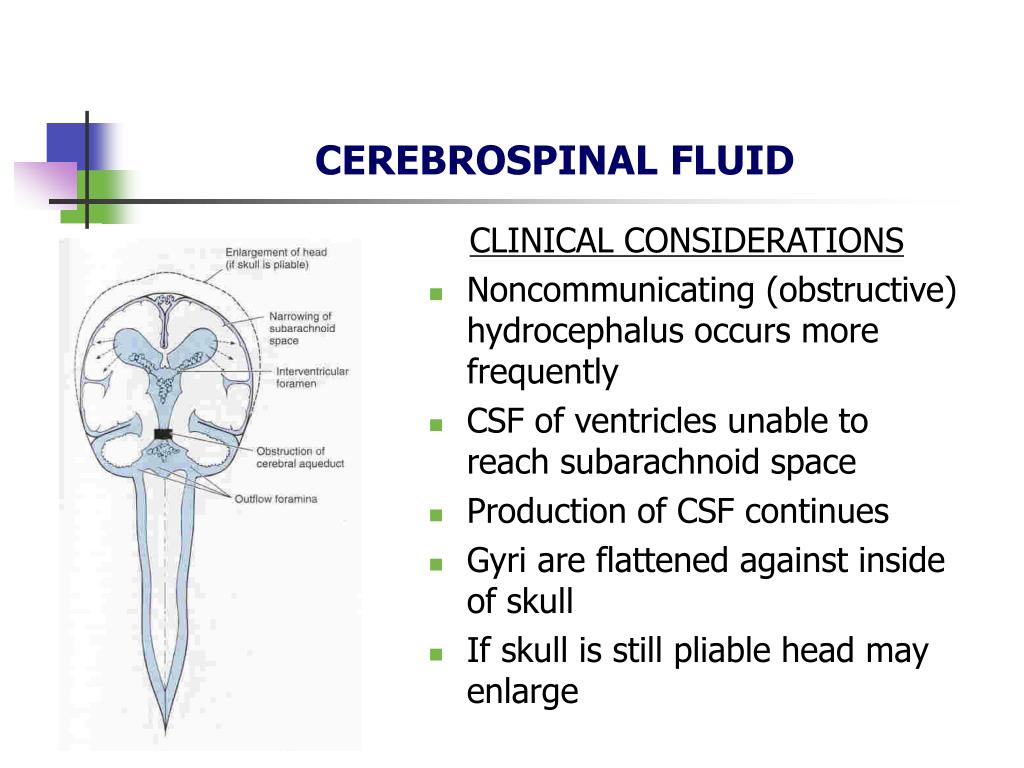

The existence of the glymphatic system opens up new ways to understand the mechanisms underlying brain fluid dynamics and acute edema formation following stroke. The anatomical organization of the glymphatic system and its drainage into cervical and meningeal lymph vessels, as well as the role of astrocytes, the perivascular space, and the sleep–wake cycle in the regulation of interstitial space and bulk flow, are described. This chapter reviews the basis of brain interstitial fluid homeostasis and discusses the roles of the glymphatic system in the clearance of fluid and solutes. Nedergaard, in Primer on Cerebrovascular Diseases (Second Edition), 2017 Abstract Healthy glymphatics is evidently important in the physiological integration that fosters normal cerebral Aβ homeostasis. In addition, the pulsations of arteries and veins, with each cardiac cycle of systole and diastole, may contribute to glymphatic fluid movement toward lymphatic glands. Therefore, the diminishing CSF dynamics with aging/senescence likely provides less “drive” on glymphatic flow/drainage.

The energy for driving the glymphatic circulation starts with the pressure head of CSF flow into the Virchow–Robin spaces. When glymphatic clearance is disrupted, Aβ builds up in cortex. Glymphatic fluid follows vascular pathways into cervical lymphatic drainage depots.

There CSF mixes with ISF and then drains outward along glial sleeves around veins that exit back into subarachnoid space. Subarachnoid CSF flows along pial/cortical arteries into Virchow–Robin spaces. Although certain aspects of glymphatic drainage need bolstering, there is sufficient evidence to warrant attempts to consolidate this model of brain fluid dynamics. Johanson, in Conn's Translational Neuroscience, 2017 ISF Flow Along Glymphatic Pathwaysīulk flow clearance of brain ISF is an emerging model. This would help to maintain ISF ion concentrations within the narrow range required for normal neuronal function.Ĭ.E. It seems reasonable to suggest that ISF, especially near the ventricles, is exposed to the ionic constituents of CSF. 48,113 This flow pathway for brain ISF raises the following questions: What is the role of ventricular CSF in the regulation of ISF? Is CSF merely an effluent drainage system or does it modify brain ISF? Tracer molecules perfused via the cerebral ventricular system do enter the parenchyma (e.g., 10) by diffusion or bulk flow if the normal flow-determining pressure gradients are disturbed. 113 Thus, a CSF-like fluid formed by secretory processes at the endothelial cells moves by bulk flow through ISF to the ventricles or to cervical lymphatics. 19 Part of this clearance occurs via ventricular CSF, and part by other pathways, such as cervical lymphatics. 19,20,48 The clearance of 900-, 4000-, and 69,000-Da tracer molecules injected into brain parenchyma was found to be similar, results explicable by bulk flow but not diffusion. Eugene Nattie, in Seldin and Giebisch's The Kidney (Fifth Edition), 2013 Bulk Flow of Interstitial Fluidīrain ISF can move by a pressure-dependent bulk flow through ISF spaces into ventricular CSF.


 0 kommentar(er)
0 kommentar(er)
